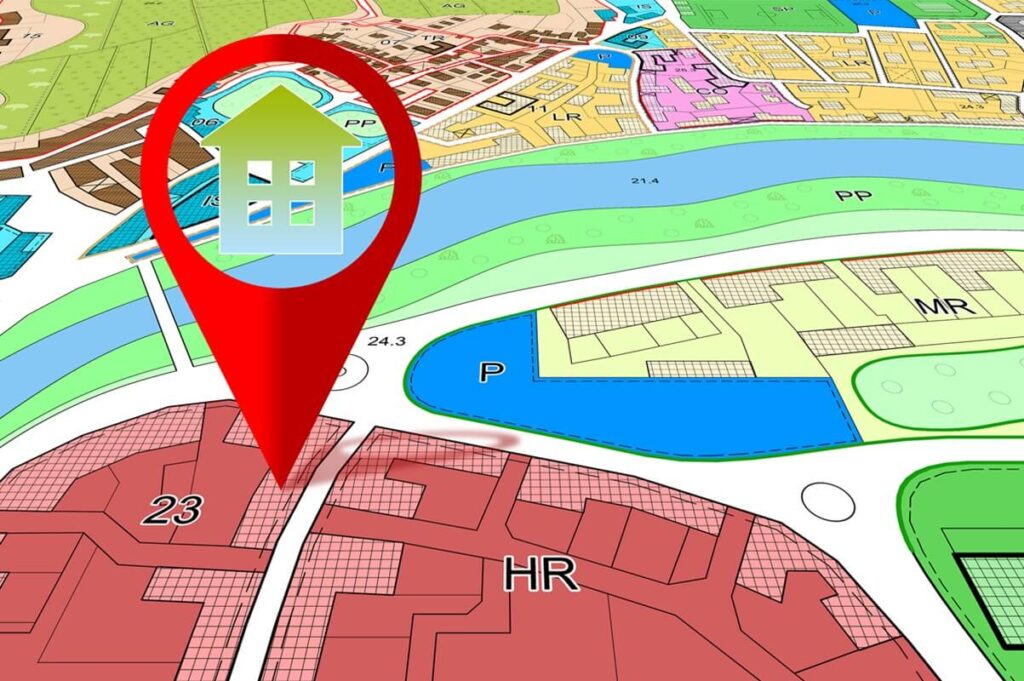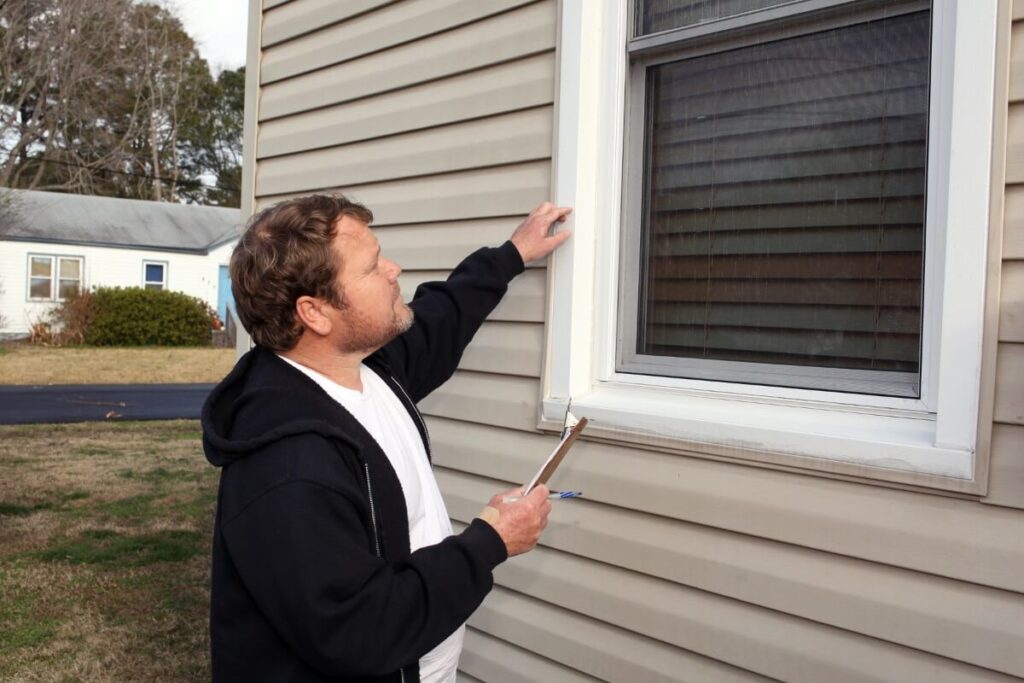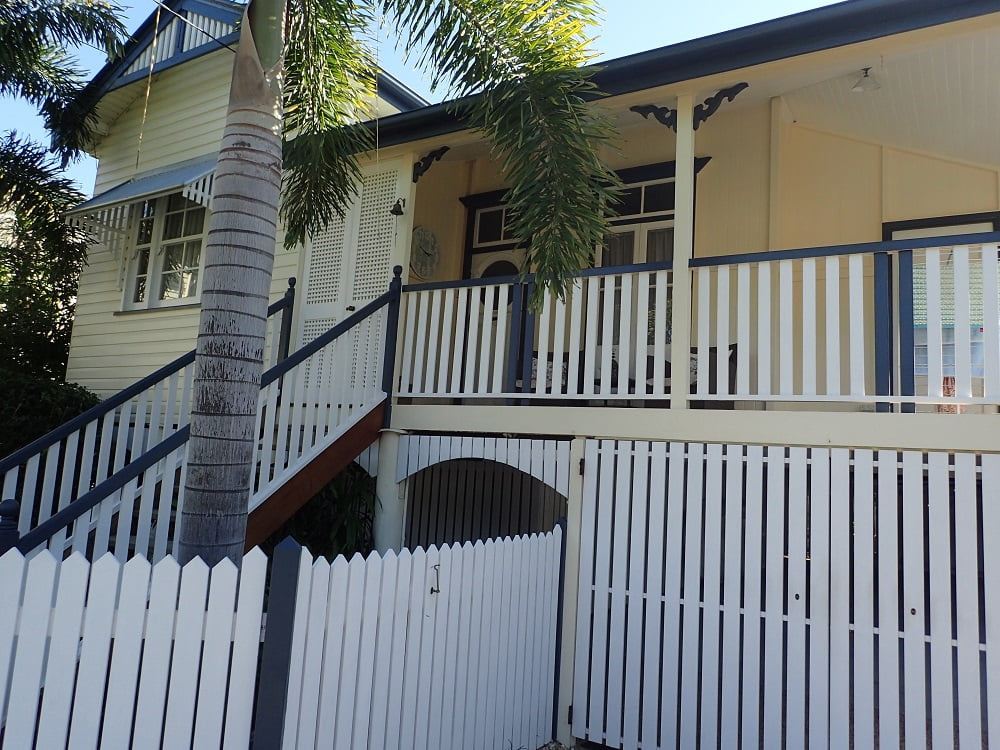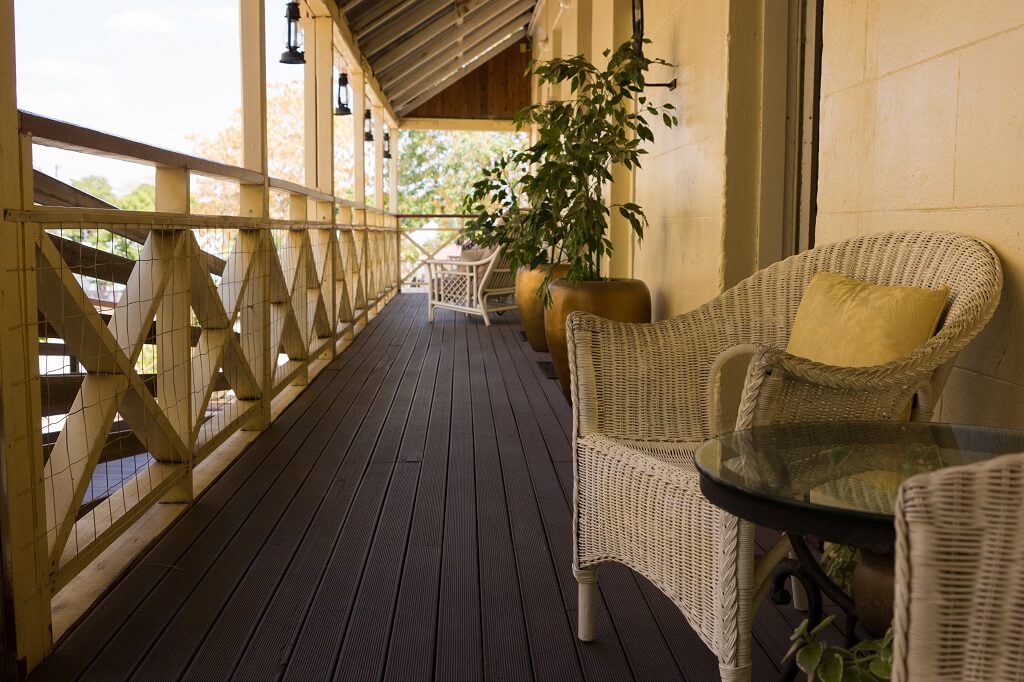Whether you’re a first-time home buyer or you’ve had troubles with property faults in the past, understanding the areas of your home that could cause an issue is paramount.
As Brisbane’s leading building inspector and owner of Action Property Inspections, I can tell you that the exterior of a property often hints at the underlying health of the entire construction. In my experience, minor issues like hair-line cracks or peeling paint can be indicative of more serious structural problems.
Here are some of the things I’ve found externally that you need to be wary of when buying a new property (and what a building inspection will do):
Weatherboard
Weatherboards can suffer from rot, warping, and termite damage over time – an inspector can identify these issues early on to save you money in the long run.
Rendering
Cracks in the rendering could simply be cosmetic but can also indicate structural issues, while discolouration could suggest water damage. An inspector will find and address these issues.
Weep Holes
Blocked weep holes can lead to moisture build-up within walls, promoting mould growth and possibly even structural damage. Low weep holes can contribute to termite entry and rising damp. An inspector can check the functionality of these.
Termite Barriers
Termite barriers and protection systems are essential for preventing pests like termites from invading your property. An inspector will check their condition and make sure they are working effectively.
Brick and Timber
Both brick and timber can show signs of age and wear, such as subsidence cracks in bricks or rot in timber. An inspector will let you know if any issues could require future maintenance.
Retaining Walls
Retaining walls can suffer from poor drainage, lack of suitable reinforcement, or inadequate construction. A proper inspection will be able to highlight any problems to prevent future repairs.
Slabs
Cracks or shifts in slabs can indicate serious structural problems so you must have an inspector examine the property’s slab for any signs of damage.
Stumps
Damaged or deteriorating stumps can compromise a building’s stability. A building inspector will check the condition of these crucial supports. You may need to restump the house.
Subsidence
Subsidence can cause major damage to a property, including cracks in walls and uneven floors. An inspector will be able to identify the early signs which could save you future expense.
Surrounding Allotment and Under House Drainage
Poor drainage can lead to dampness, mould, and even structural damage. Your inspection will check that the property’s drainage is generally still sufficient or requires upgrading.
Protect Against Building Faults and Red Flags
In my experience, a quality building inspection is about two things: eyeballs and expertise. If your building inspector isn’t looking directly at every surface for red flags and risk factors – from the underfloor to the roof – they may be missing key problems.
That’s where expertise comes in. A TAFE certificate doesn’t make you an expert. Time, experience, and builder knowledge do. After inspecting over 20,000 Brisbane homes, I can tell you that accurately determining the difference between what is insignificant and normal as opposed to significant and costly is one the most important credentials a building inspector must possess.
For a more comprehensive list of external house issues we look for, click here.













